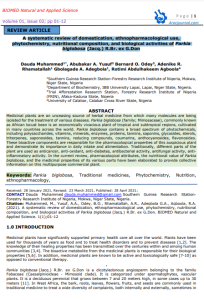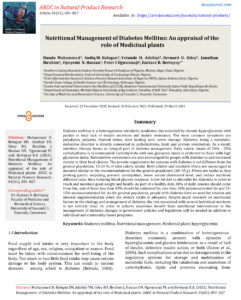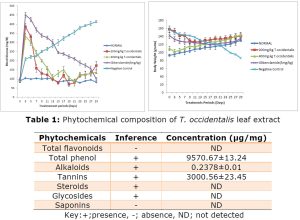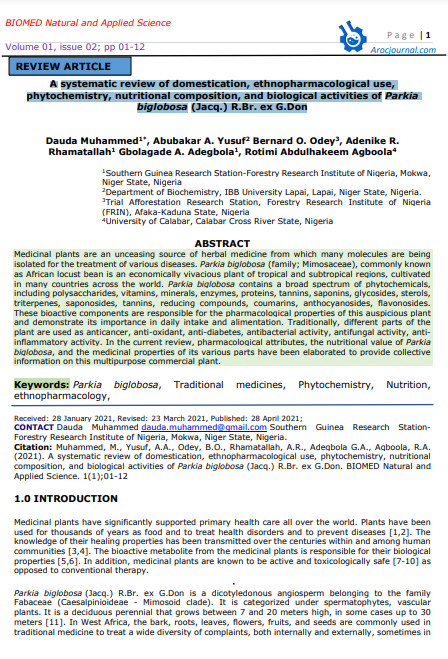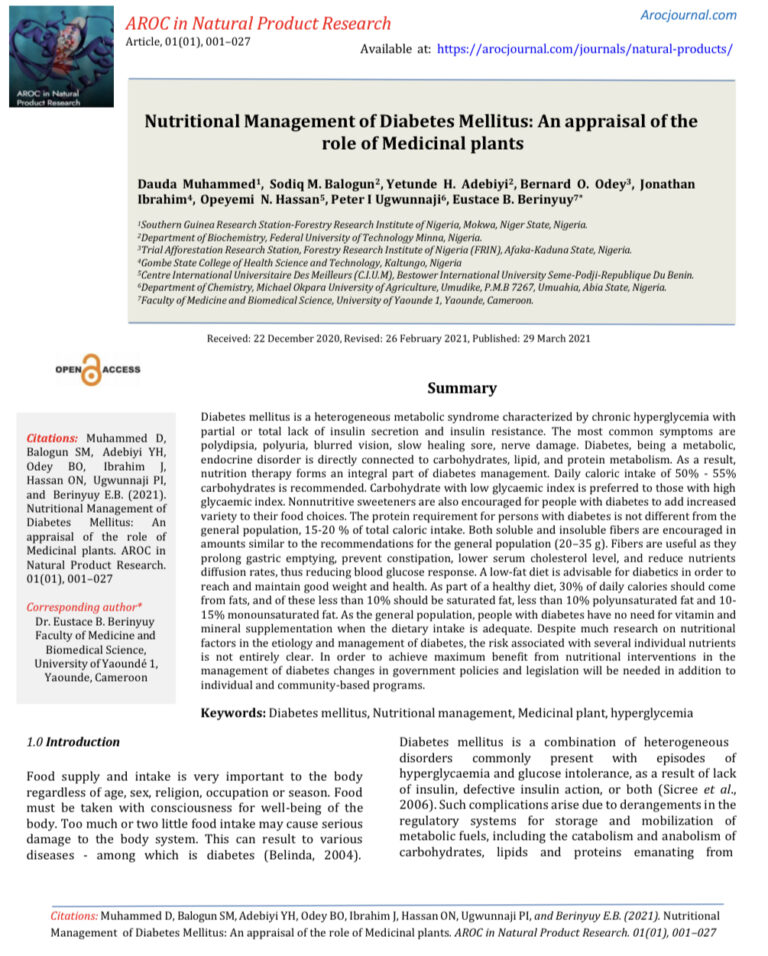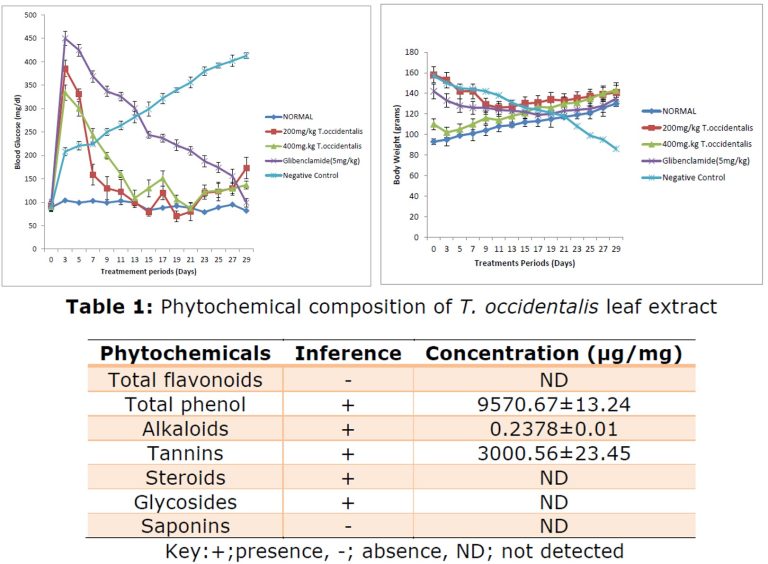Introduction
Web development has long been about creating functional, accessible sites, but the bar has risen dramatically with user expectations for seamless, intuitive experiences. Gone are the days of static pages; today’s users demand interfaces that anticipate their needs, adapt in real time, and feel uniquely theirs. Enter AI-driven personalization—a transformative approach that leverages artificial intelligence to tailor content, layouts, and interactions based on individual behaviors and preferences. This isn’t just a trend; it’s a fundamental shift, as evidenced by the surge in adoption across e-commerce, streaming, and social platforms. In this article, we explore how integrating these techniques enhances UX in web development, drawing on a decade of research and practical implementation to provide actionable insights.
Our discussion begins with the historical context, tracing personalization from rule-based systems to sophisticated AI models. We then delve into current trends and hurdles, followed by a technical breakdown of key methodologies. Real-world case studies illustrate successes and pitfalls, while we conclude with implications and avenues for future inquiry. By blending conceptual depth with practical examples, we aim to equip developers and researchers with the tools to navigate this evolving field thoughtfully.
Background and Context
The roots of personalization in web development date back to the early 2000s, when e-commerce giants began using basic collaborative filtering to suggest products—”customers who bought this also bought that.” These early efforts relied on simple algorithms analyzing purchase history, but they laid the groundwork for more advanced systems. By the 2010s, the explosion of big data and machine learning enabled deeper insights, with techniques like content-based filtering matching user profiles to item attributes.
AI’s integration marked a pivotal evolution. Machine learning models, particularly neural networks, began processing vast datasets to predict user intent. For example, recurrent neural networks (RNNs) and later transformers allowed for sequential analysis of browsing patterns, enabling dynamic content delivery. This shift aligns with broader digital innovation, where UX design principles—usability, accessibility, and satisfaction—intersect with AI’s predictive power. As noted in recent literature, AI personalization transforms passive browsing into active engagement, potentially increasing session times by 20-30%.
Contextually, this integration addresses the “attention economy,” where users face information overload. Web developers now use AI to curate experiences, reducing cognitive load and fostering loyalty. However, this comes amid growing scrutiny over data ethics, influenced by regulations like GDPR and CCPA, which demand transparent handling of user information.
Current Trends and Challenges
As we move into 2025, AI-driven personalization is dominated by hyper-personalization—real-time, context-aware adaptations using generative AI and edge computing. Trends include multimodal AI, combining text, image, and voice data for richer profiles, and predictive analytics that forecast user actions before they occur. For instance, AI tools now generate personalized UI elements on-the-fly, such as adjusting color schemes based on emotional cues from facial recognition (with consent).
Yet, challenges abound. Data quality remains a thorn; inaccurate or biased datasets lead to flawed recommendations, perpetuating echo chambers or alienating users. Privacy concerns are paramount—users worry about surveillance, with studies showing 78% prefer brands that minimize data collection. Integration hurdles, like high costs and legacy system compatibility, deter smaller teams. Algorithmic bias, where models favor majority demographics, risks excluding underrepresented groups, demanding diverse training data and regular audits. Moreover, over-personalization can feel intrusive, turning a helpful feature into a “UX nightmare.” Balancing customization with universality is key, as is addressing expertise gaps in AI implementation.
Technical Analysis, Frameworks, or Methodologies
At its core, AI personalization relies on frameworks that process user data to deliver tailored experiences. A foundational methodology is the hybrid recommendation system, blending collaborative filtering (user-user similarities) with content-based approaches (item features). For web development, this integrates via APIs like TensorFlow.js, allowing client-side ML without heavy server loads.
Consider a typical workflow: User data—clicks, dwell time, demographics—is fed into a model like a convolutional neural network (CNN) for pattern recognition. Real-time processing uses stream analytics tools, such as Apache Kafka, to update profiles dynamically. Generative AI, powered by models like GPT variants, creates custom content; for example, auto-generating product descriptions tuned to user language preferences.
Methodologies like A/B testing refine these systems, comparing personalized vs. generic interfaces. Privacy-preserving techniques, such as federated learning, train models on decentralized data, mitigating risks. In code terms, developers might implement this with JavaScript libraries:
// Example: Simple ML-based personalization
import * as tf from '@tensorflow/tfjs';
async function personalizeContent(userProfile) {
const model = await tf.loadLayersModel('path/to/model.json');
const inputTensor = tf.tensor2d([userProfile.features]);
const prediction = model.predict(inputTensor);
return prediction.arraySync()[0]; // Returns tailored content scores
}This snippet illustrates how AI embeds into web fronts, scoring content relevance. Frameworks like React with AI plugins streamline integration, ensuring responsive designs adapt fluidly.
Case Studies or Real-World Applications
Real-world applications vividly demonstrate AI’s impact. Netflix’s recommendation engine, a hybrid system analyzing viewing history and ratings, personalizes 80% of watched content, boosting retention by 35%. It employs deep learning to cluster users, dynamically updating thumbnails and queues— a masterclass in UX enhancement.
Amazon takes it further with anticipatory shipping, using AI to predict purchases based on browsing patterns, reducing cart abandonment by 20-30%. Their “frequently bought together” feature leverages association rule mining, integrated into web interfaces for seamless upsells.
Spotify’s Discover Weekly playlist uses NLP and collaborative filtering to curate music, achieving over 40% user engagement. Challenges surfaced in early iterations, like bias toward popular artists, addressed via diverse datasets.
In e-commerce, HP Tronic saw a 136% conversion uplift by personalizing web content for new visitors, using AI to segment and adapt layouts. These cases highlight measurable gains but underscore the need for ethical tuning to avoid overreach.
Implications and Potential Future Research Directions
The implications are profound: AI personalization elevates UX from functional to empathetic, driving business metrics like a 10-15% ROI boost. It democratizes access for diverse users, but risks widening digital divides if not inclusive. Ethically, it demands transparency—users should control data usage, fostering trust.
Future research should probe AI’s fusion with emerging tech, like AR for immersive personalization (e.g., virtual try-ons). Advancing bias mitigation through explainable AI (XAI) will be crucial, allowing developers to audit decisions. Privacy-focused directions include zero-knowledge proofs for secure data sharing. Longitudinal studies on user fatigue from hyper-personalization could guide sustainable designs.
In academia, interdisciplinary work—merging CS with psychology—will refine frameworks. As web development evolves, prioritizing user-centric AI ensures innovations enhance, not erode, human experiences. This integration isn’t just technical; it’s about crafting digital worlds that resonate personally yet responsibly.

